

Energy storage and nuclear fusion—two reliable crowd pleasers when the crowd you’re talking about is readers of IEEE Spectrum—are well represented among our most widely read energy stories of 2023. But atop the list are a couple of surprises. Number one? Heat pumps. Number two? A real corker, and the answer to the question, what generates electricity but isn’t a dynamo or a fuel cell?
Here are the 10 most popular AI articles that Spectrum published in 2023, ranked by the amount of time people spent reading them.
1. Heat Pumps—The Well-Tempered Future of A/Cs
 A window-mounted air-conditioning system includes an electric heat pump for heating.Gradient Comfort
A window-mounted air-conditioning system includes an electric heat pump for heating.Gradient Comfort
A world growing warmer will inevitably need more air conditioning, to keep people not just comfortable but alive in the hottest regions. And yet more air conditioning exacerbates the very problem—climate change—that is driving the need for more air conditioning. What to do? Two words: heat pumps.
2. This New Breed of Generator Can Run on Almost Any Fuel
 Technicians assembled a linear generator at Mainspring Energy’s Menlo Park, Calif., facility.Creative Shot
Technicians assembled a linear generator at Mainspring Energy’s Menlo Park, Calif., facility.Creative Shot
One of the most interesting energy startups that you’ve never heard of (unless you are a diligent reader of Spectrum) is Mainspring Energy. The Menlo Park, Calif., company, which was founded in 2010 by three Stanford grads, is producing a machine that generates 230 to 430 kilowatts using almost any kind of fuel, including ammonia, hydrogen, biogas, or natural gas. Mainspring calls its machine a linear generator, because it converts linear motion into electricity. Fuel and air compressed in the center of a linear assembly react and push outward, towards the opposite ends of the assembly, driving magnets on either side of the chamber through conducting copper coils, generating electricity. The machines are already generating electricity at scores of installations, and the company’s backers include some of the biggest names in tech investing, including Bill Gates and Vinod Khosla.
3. Welcome to Fusion City, USA
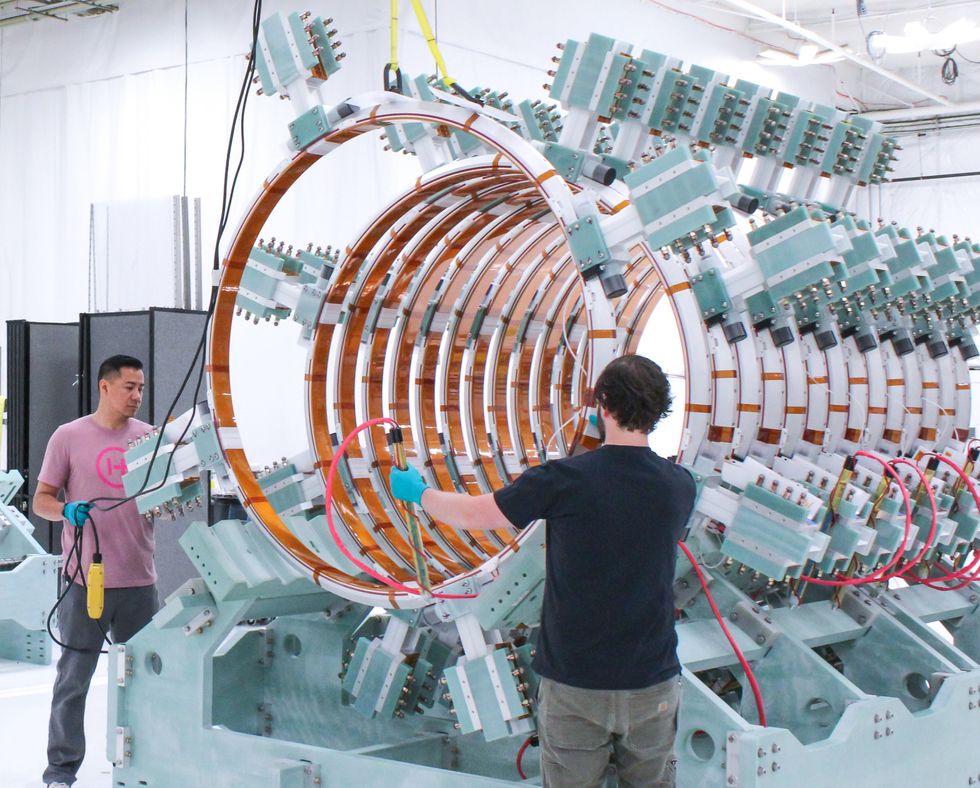 At Helion Energy, workers build a section of the company’s Polaris fusion reactor.Helion Energy
At Helion Energy, workers build a section of the company’s Polaris fusion reactor.Helion Energy
Fusion startups Zap Energy and Helion Energy have big ambitions and relatively modest facilities in Everett, Washington, better known as the site where Boeing employs 30,000 people in one of the world’s largest manufacturing facilities. Zap and Helion are part of a renaissance in fusion-energy R&D aimed at achieving practical fusion power using much more modest facilities than the vast International Thermonuclear Experimental Reactor (ITER) being built in southern France, at a cost estimated to be north of US $22 billion by the time it’s completed.
4. NASA Battery Tech to Deliver for the Grid
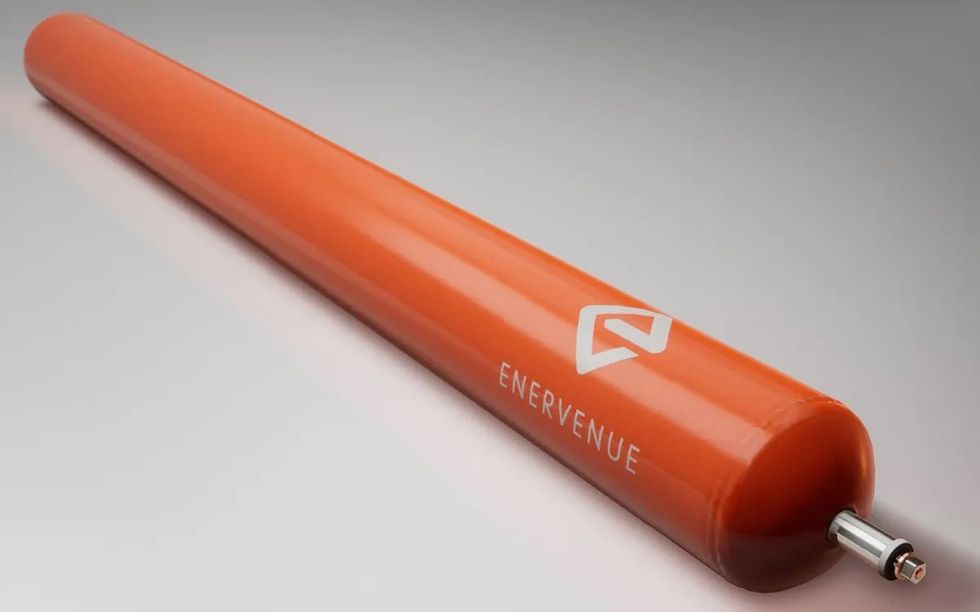 EnerVenue’s nickel-hydrogen battery cells are 1.8 meters long, weigh 62 kilograms, and store 3 kilowatt-hours.EnerVenue
EnerVenue’s nickel-hydrogen battery cells are 1.8 meters long, weigh 62 kilograms, and store 3 kilowatt-hours.EnerVenue
If you don’t discharge and then recharge them all the way, lithium-ion batteries can last for thousands of charge-discharge cycles. Now imagine a battery that can last through tens of thousands of charge-discharge cycles. Such a battery already exists—it’s called nickel-hydrogen, and it’s been used in space since 1977. This past September, startup EnerVenue launched a new generation of its nickel-hydrogen battery and finished constructing a 93,000-square-meter factory around the same time. The company is one of a growing group targeting grid-scale applications, particularly for solar installations.
5. Lithium Battery Ripe for Disruption, Inventor Says
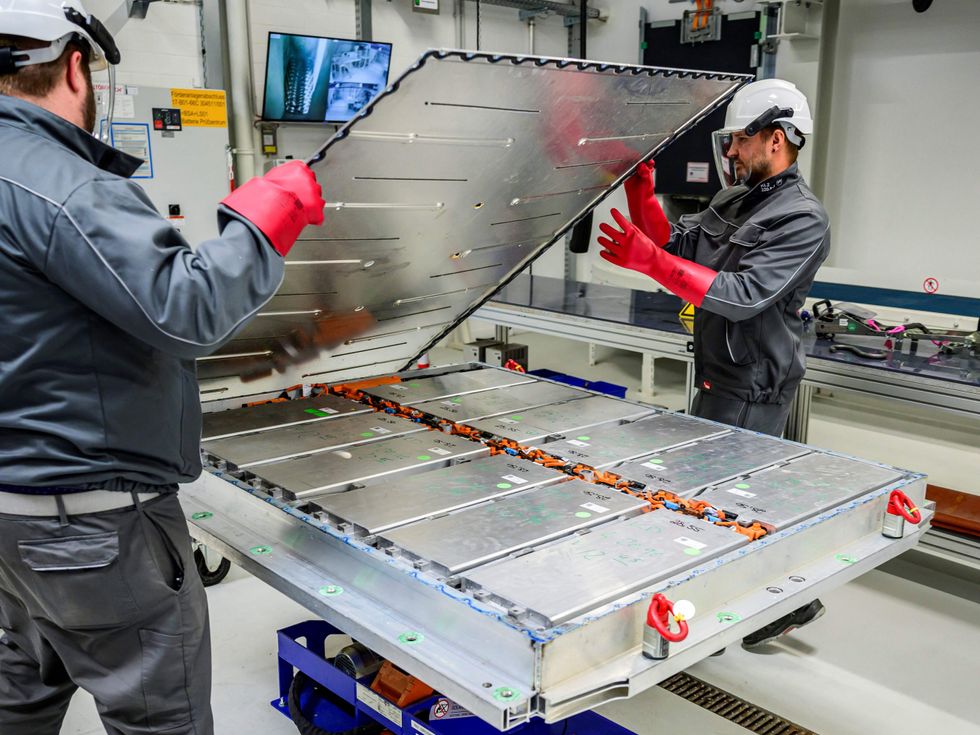 A car battery pack is opened, revealing the modules, at a Volkswagen pilot recycling plant in Salzgitter, Germany. John MacDougall/AFP/Getty Images
A car battery pack is opened, revealing the modules, at a Volkswagen pilot recycling plant in Salzgitter, Germany. John MacDougall/AFP/Getty Images
M. Stanley Wittingham, along with the late John Goodenough, are credited as key figures in the invention of the lithium-ion battery in the early 1970s (the two of them shared the Nobel Prize for Chemistry in 2019 with Akira Yoshino). Wittingham had a few peeves to get off his chest and did so at a symposium this past April at Stanford. Here’s one of the gripes: It takes 60 to 80 kilowatt hours of electricity to produce a 1-kWh lithium-ion battery. For Wittingham’s other complaints, you’ll have to read the article.
6. U.S. Re-Enters the Nuclear Fuel Game
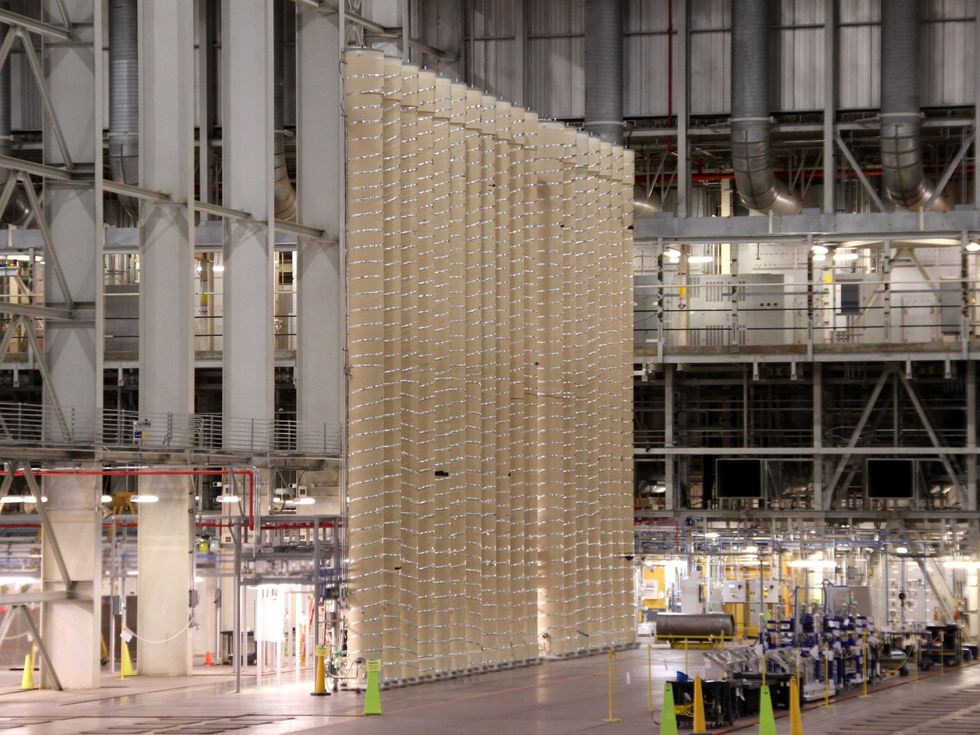 Uranium is enriched in centrifuge cascades, such as this one at a Centrus Energy plant in Piketon, Ohio. Centrus Energy
Uranium is enriched in centrifuge cascades, such as this one at a Centrus Energy plant in Piketon, Ohio. Centrus Energy
To generate power, old-school light-water nuclear reactors use oxide fuel, which consists of ceramic pellets of uranium oxide, arranged end-to-end to form rods that are clad in zirconium alloy. The fuel is enriched to about 4.8 percent U-235. But the advanced reactors now coming on line use an entirely different kind of fuel, called high-assay, low-enriched uranium (HALEU). (Enriched to 20 percent U-235, it is still far below the 90-plus percent required for making nuclear weapons.) This past November, Centrus Energy of Bethesda, Maryland, became only the second organization capable of producing HALEU fuel, and the first outside of Russia. Fun fact: “The energy in just 3 tablespoons of HALEU can supply a lifetime’s worth of power for the average U.S. consumer,” reported Prachi Patel.
7. To Free The Baltic Grid, Old Technology Is New Again
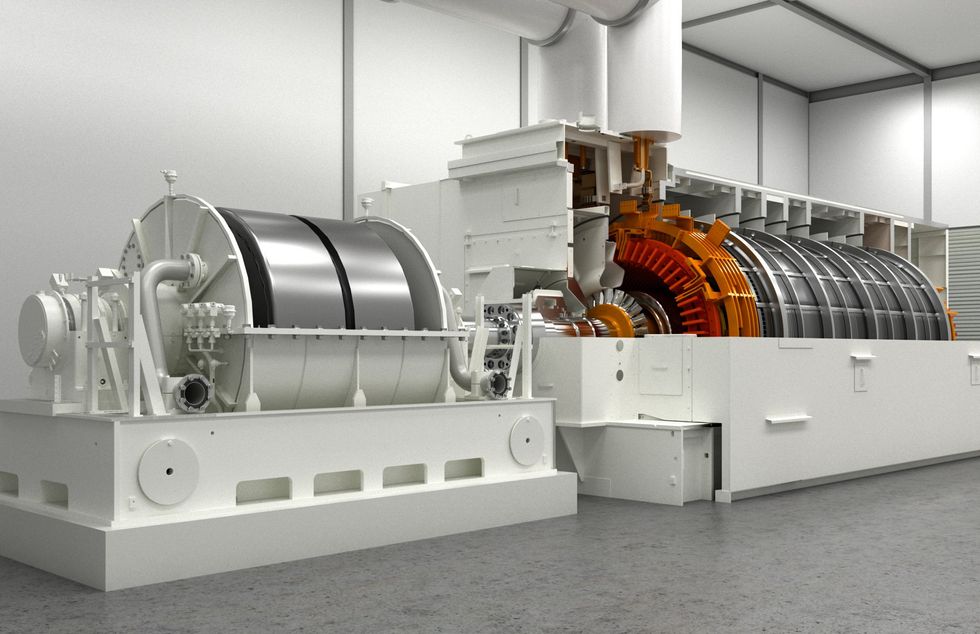 A synchronous condenser, such as the one at right here, can be coupled to a flywheel, at left. Siemens Energy
A synchronous condenser, such as the one at right here, can be coupled to a flywheel, at left. Siemens Energy
Spectrum’s veteran, globe-trotting energy contributor, Peter Fairley, has been covering the electric-grid and -power ramifications of the war in Ukraine. This past November, he focused on the efforts of three Baltic states—Lithuania, Latvia, and Estonia—to separate their electrical grids from the Russian-controlled synchronous AC power zone. The three countries are deploying synchronous condensers to increase the resilience of their grids and enable them to withstand, in the absence of connections to the much larger Russian grid, the unexpected and sudden loss of transmission lines or generators. Such a condenser is essentially a large synchronous machine that spins freely; however, a flywheel connected to its shaft can store kinetic energy. Its main purpose, in this case, is to provide additional inertia, also called spinning reserve, that would help stabilize a grid in the event of a crisis.
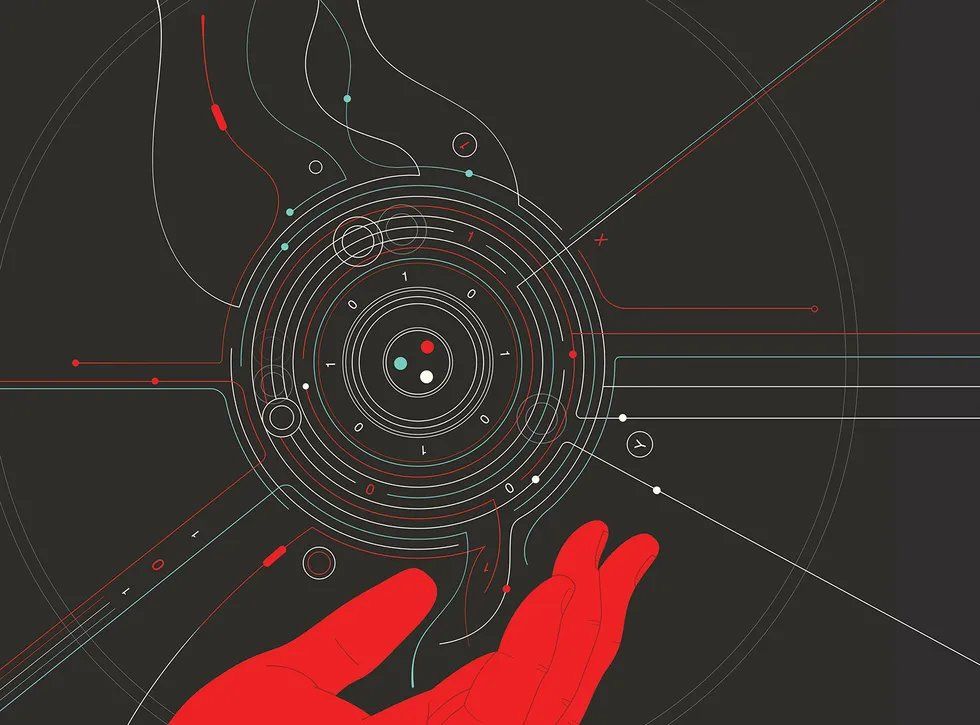 Fusion has been the power source of the future for more than 70 years.Harry Campbell
Fusion has been the power source of the future for more than 70 years.Harry Campbell
Fusion is the power source of the future—and it always will be. So goes the quip that you’re likely to hear from any grizzled technology watcher old enough to have lived through multiple hype cycles about the promise of fusion energy. The grim reality of fusion is that the world’s largest project, the ITER, will not be tested with deuterium and tritium fuel until 2035, and couldn’t produce any useful power for quite a few years after that. Nevertheless, 2023 saw several interesting developments in fusion, mostly in connection with startup companies pursuing alternative approaches to the money-pit gigantism of ITER and the National Ignition Facility at Lawrence Livermore National Laboratory. These startups include Zap Energy and Helion Energy (see above, “Welcome to Fusion City, USA”) and also Commonwealth Fusion Systems, in Devens, Mass. To produce the stupendous magnetic fields necessary to confine a superheated plasma, Commonwealth is using high-temperature superconducting tape, which will greatly reduce the size of the magnets needed to produce the fields (see below).
9. This Fusion Reactor Is Held Together With Tape
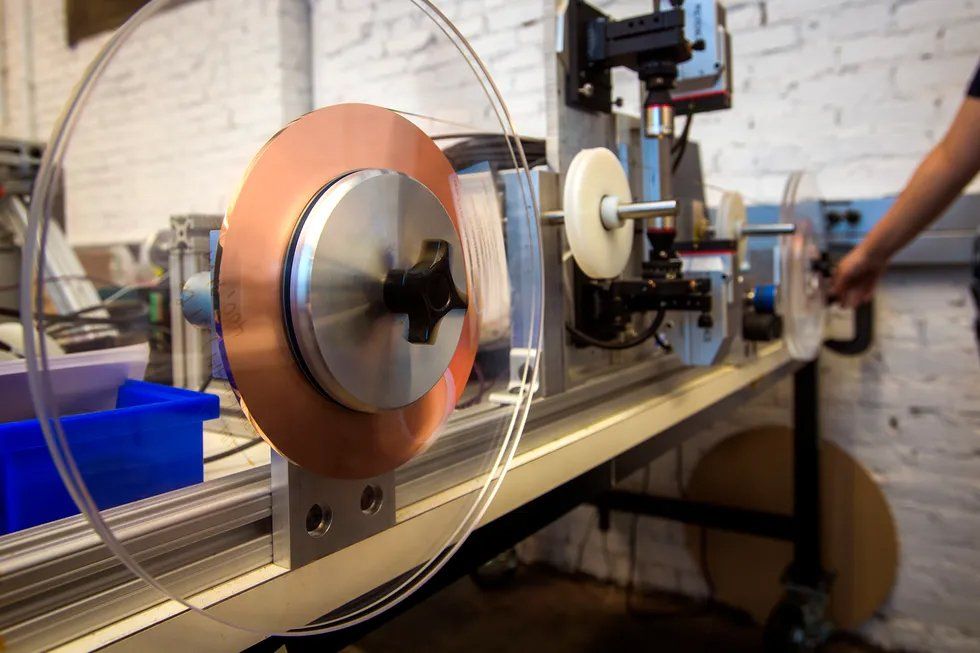 Commonwealth Fusion Systems is using superconducting tape based on yttrium barium copper oxide.Gretchen Ertl/CFS/MIT Plasma Science and Fusion Center
Commonwealth Fusion Systems is using superconducting tape based on yttrium barium copper oxide.Gretchen Ertl/CFS/MIT Plasma Science and Fusion Center
Magnetic-confinement fusion relies on staggeringly strong magnetic fields to confine a superhot plasma, typically within a torus-shaped vessel called a tokamak. At the ITER project, researchers are building superconducting electromagnets using alloys of niobium-tin or niobium-titanium, which must be cooled to about ‑269 °C (about 4 degrees Kelvin). The 18 ITER magnets will require 600 tonnes of the superconductor. Commonwealth Fusion Systems thinks there’s a better way, and it involves using a more advanced superconductor, yttrium barium copper oxide, or YBCO. It superconducts at temperatures between ‑200 to ‑250 °C (73 to 23 Kelvin). That seemingly small temperature difference, along with other features of the YBCO, will permit much smaller magnets that could be manufactured more quickly and inexpensively, according to Commonwealth. The eventual success of fusion might very well depend on the effectiveness of these higher-temperature superconductors.
10. The Age of Silicon Is Here…for Batteries
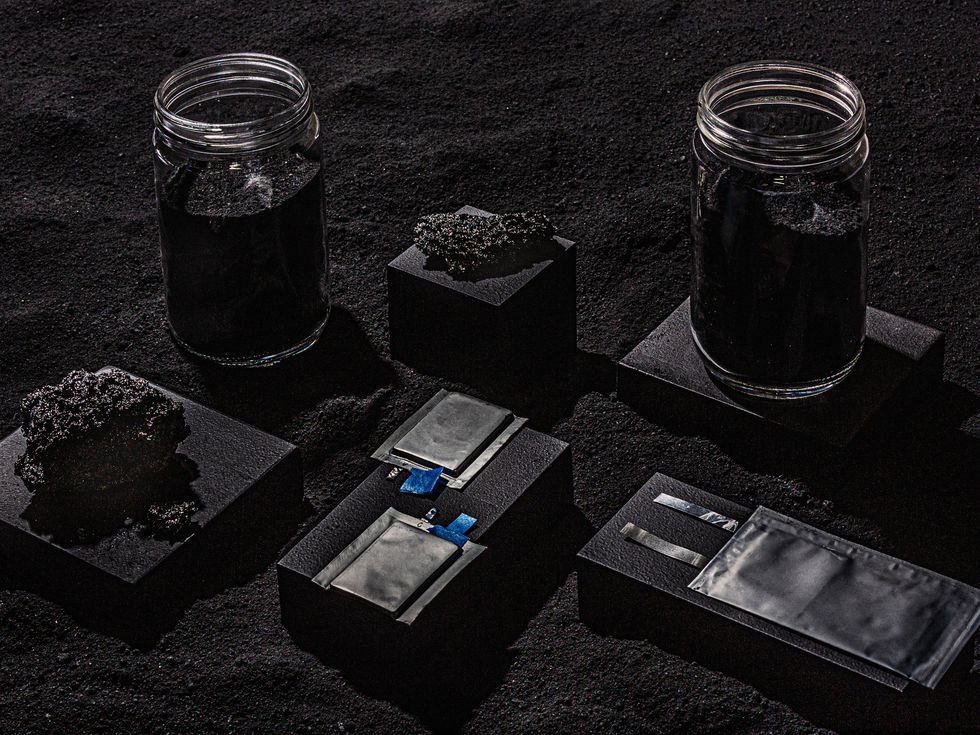 Nanostructured silicon materials could deliver longer-range, faster-charging batteries. Group14
Nanostructured silicon materials could deliver longer-range, faster-charging batteries. Group14
The typical anode material for lithium-ion batteries is graphite, coated on copper foil. But researchers have long been tantalized by the possibility of using silicon, which, gram for gram, can hold 10 times as many lithium ions. And in 2023, after several startups managed to solve problems with silicon anodes—mainly, a tendency to expand and fracture—several automakers announced plans to use silicon-anode lithium-ion cells in upcoming electric-vehicle batteries. The startups included OneD Battery Sciences in Palo Alto, Calif., Sila Nanotechnologies in Alameda, Calif., and Group14 Technologies in Woodinville, Washington.
Reference: https://ift.tt/FlWNc3o
No comments:
Post a Comment